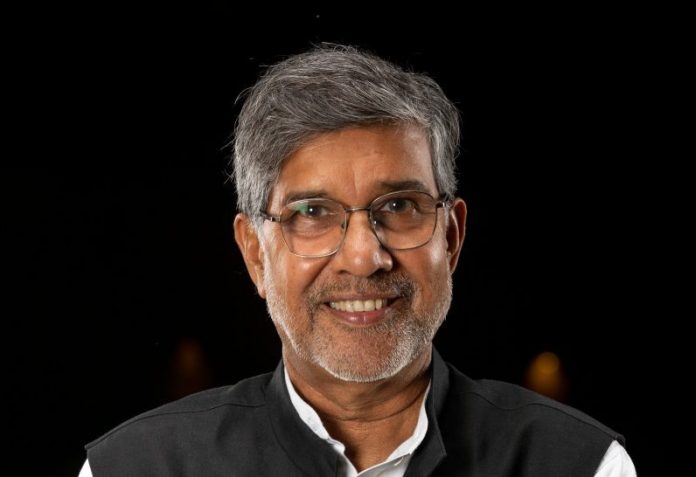The renowned children’s right activist has conducted global marches against Child Labour and the demands reflected on the Worst Forms of child labour were unanimously adopted at the ILO Conference in Geneva in 1999. Kailash Satyarthi and his team have so far liberated more than 87,000 children in India from child labour, slavery and trafficking.
HRH Prince Khalifa bin Salman Al Khalifa, the Prime Minister of Bahrain invited Kailash Satyarthi as part of the high profile delegation of Nobel Prize winners visiting the Kingdom. HRH Prince Khalifa Bin Salman Al Khalifa discussed the greater urgency to support the efforts to maintain peace, security and stability in the region and the world with the delegation.
In his exclusive interview with Bahrain This Week/BHR4All, Kailash Satyarthi details his impression on Bahrain, aspirations for the next generation, 100 Million Campaign, Laureattes and Leaders initiatives for Children and relentless journey to protect the most vulnerable and marginalised part of the society across the world.
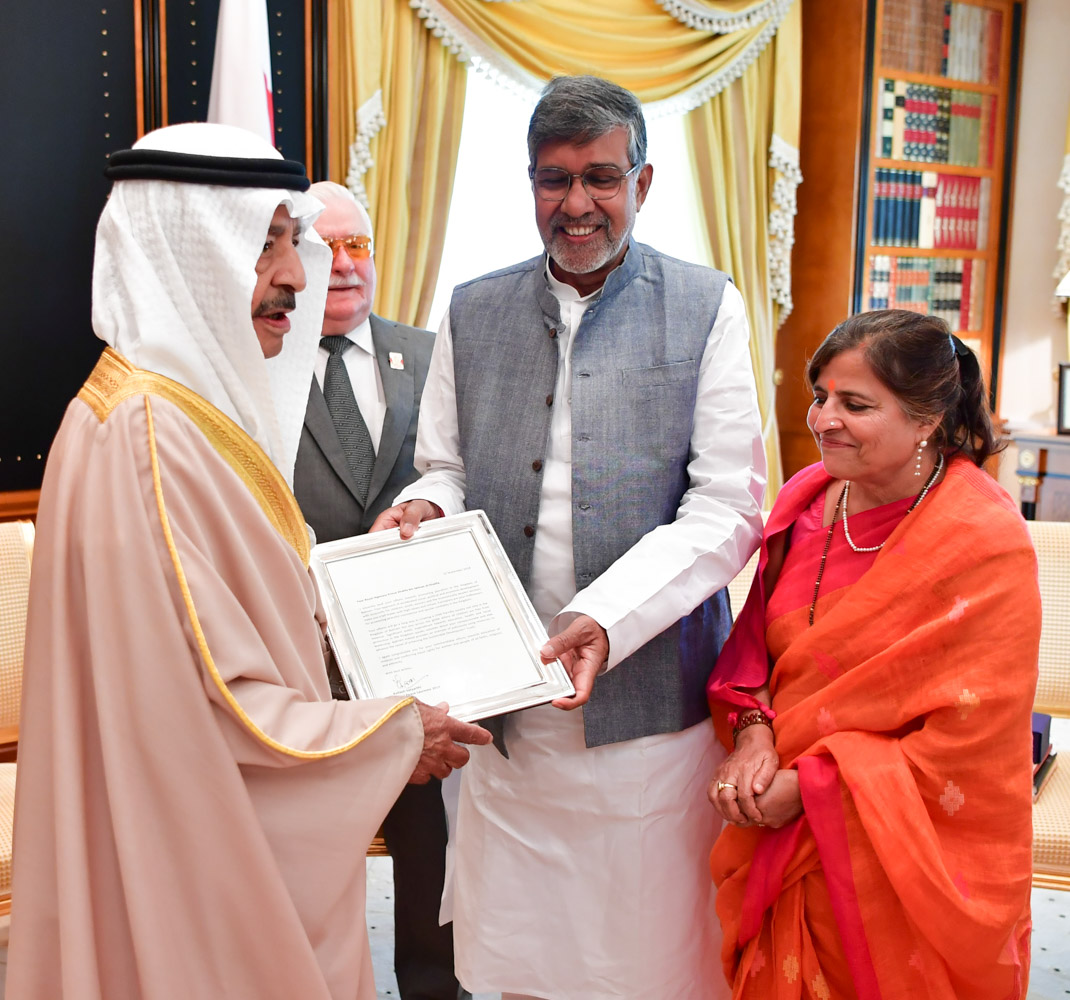
This is my first visit to Bahrain and I am very impressed by the people and life here. The people of Bahrain have the zeal, warmth, spirit, and respect for plurality and multiculturalism.
I must say, the person who has made an impression on me is HRH Prince Khalifa bin Salman Al Khalifa, the Prime Minister of Bahrain. He’s a visionary, who is passionate about the advancement of the Kingdom. He is a wise man full of energy, in whom there is a supreme combination of humanity and humility. This makes him not only an architect of the country, but also a moral leader. I say this only about people with a moral depth. There are many political forces trying to impose on this region and very few people can deal them with a moral force like HRH Prince Khalifa bin Salman Al Khalifa.
What is your view on the relevance of Children’s rights in the MENA region?
Unfortunately, the political issues such as in Syria, Yemen, South Sudan, Iran,
and Afghanistan affected millions of children, here.
The refugee children face the threats of trafficking, alienation from families, displacement and forced labour during unsafe migration and the search for a better life. When we talk about the refugee issues, children’s rights are often neglected. Child marriages are rampant in Turkey and Jordan since the fathers marry off 13-14 year old children for safety or due to fear. Otherwise, they will be stolen or trafficked, put into forced labour or prostitution.
When 15 Million children in the world are on the move for safer lives and safer homes, it’s the collective moral responsibility of international communities to resolve these issues.
The Middle East has made miraculous developments in the last decades in infrastructure, mind-set, women’s rights, etc. I strongly believe that if people even without enough drinking water had built enormous wealth, they can also build enormous confidence and trust among international communities.
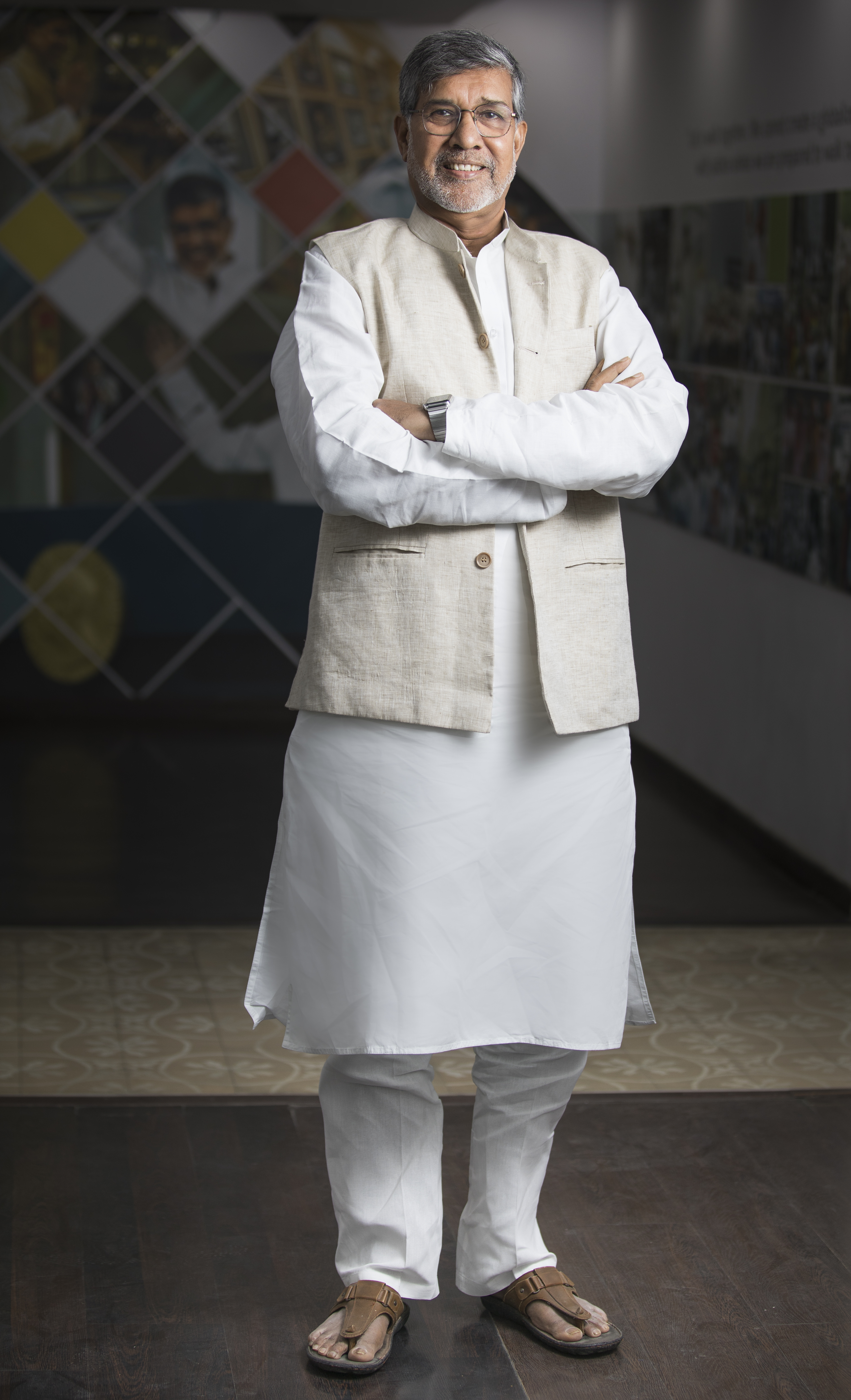
I personally believe that the Nobel Prize should be the opening window to new platforms, to enter new challenges and to engage in new battles. Most of us become celebrities after getting the Nobel Prize, and give sermons or talk about big things for the society at gatherings. That can be done by politicians or academicians.
I strongly feel that being a Nobel Laureate is not a full stop and the celebrity status should not be a burden. God has given an opportunity, and we shouldn’t stop there. If we are deeply connected with issues that you are concerned with, the Nobel Laureate status shouldn’t go to your head.
With this idea in mind, I started to challenge other laureates from all disciplines. When the world has become dangerous and fake in the last few decades, even after their contributions, how do they intend to protect the world, especially the most vulnerable children?
They can lend their voice, and majority of the world respects their high morality and wisdom. Many of them agree with me. They also suggested to bring some moral leaders, Presidents, formal political leaders, etc. into this group and that’s how we started the Laureates and Leaders initiative for children.
The first summit of Laureates and Leaders was hosted by the President of India in Delhi. 23 Nobel Laureates and leaders joined hands with me, with another 200 authorities from academics and corporates. It came out with the Delhi Declaration “Will for children.” It has been presented and incorporated in the G20 agenda.
The second summit of Laureates and Leaders took place in Jordan with a focus on refugee children. It came out with a Dead Sea declaration that we are going to take out in the General assembly of the United Nations.
I wanted to bring out the strongest moral voices for the most exploited community in the world with the Laureates and Leaders initiative.

100 Million Children are facing acute violence-slavery, sexual abuse, and child marriages, all over the world. They are not safe, their future is not safe and their lives are not safe.
Today’s world has 2.1 Billion people below the age of 18 and 3 Billion people under the age of 25. This young generation is willing to do something for the society. They are filled with idealism, sincerity, enthusiasm and energy. They want to prove themselves and navigate themselves. That’s a great wealth and let us respect them.
If we do not give them a purpose of life or a constructive path, the youth will become more and more intolerant and impatient, and eventually become violent. Let us harness the power of these young people.
100 Million Young people can be the voices, change makers and helpers for their 100 Million left out brothers and sisters in the world.
Today, social media is strong and instead of using the technology for superficial things, why cannot they use it to understand that the issues of others and be an active part in changing their plight?
This is what we call 100 Million for 100 Million campaign.
We are creating groups of 100 Million campaign in schools, and Universities, and individuals can also join through websites. I am sure that youth should be the driving force for the future since each generation is brighter than their ancestors.
In the ancient days, there was “Gurukula Shikha” Where the students were educated and worked at the same time. Do you think that the idea has relevance in this age?
(Smiles before he answers…)
You have to understand “Gurukula Shikha” in the holistic manner. India is a rich country in its collective morality, truthfulness and humanity. That is our DNA and nobody can compete with that wealth. As I say ‘rich’, you shouldn’t assess it in terms of financial values.
Such a wealth has been transmitted to us through centuries by Rishis and sages who have done Tapsyas in the Himalayas to find a solution for every problem in humanity. The values and virtues in those diverse paths framed our way of life.
In the Indian culture, Education was a mandatory practice. “Brahmacharya” or education was compulsory for the first 25 years of life. Nowhere else, even in the modern world, is education is compulsory as prescribed in ancient Indian scripts.
‘Gurukul’ was a place where you had moulded your character and personality. Everyone stayed together for education and did everything as equals in the first 25 years of their lives. Remember that Krishna and Sudama stayed at the same Ashram for education. After education, the disciples will choose a role in one of the realms that they are experts in- Knowledge creation (Brahmins), Maintain law and order (Kshatriyas), business (Vaisyas) and helpers (Sudras).
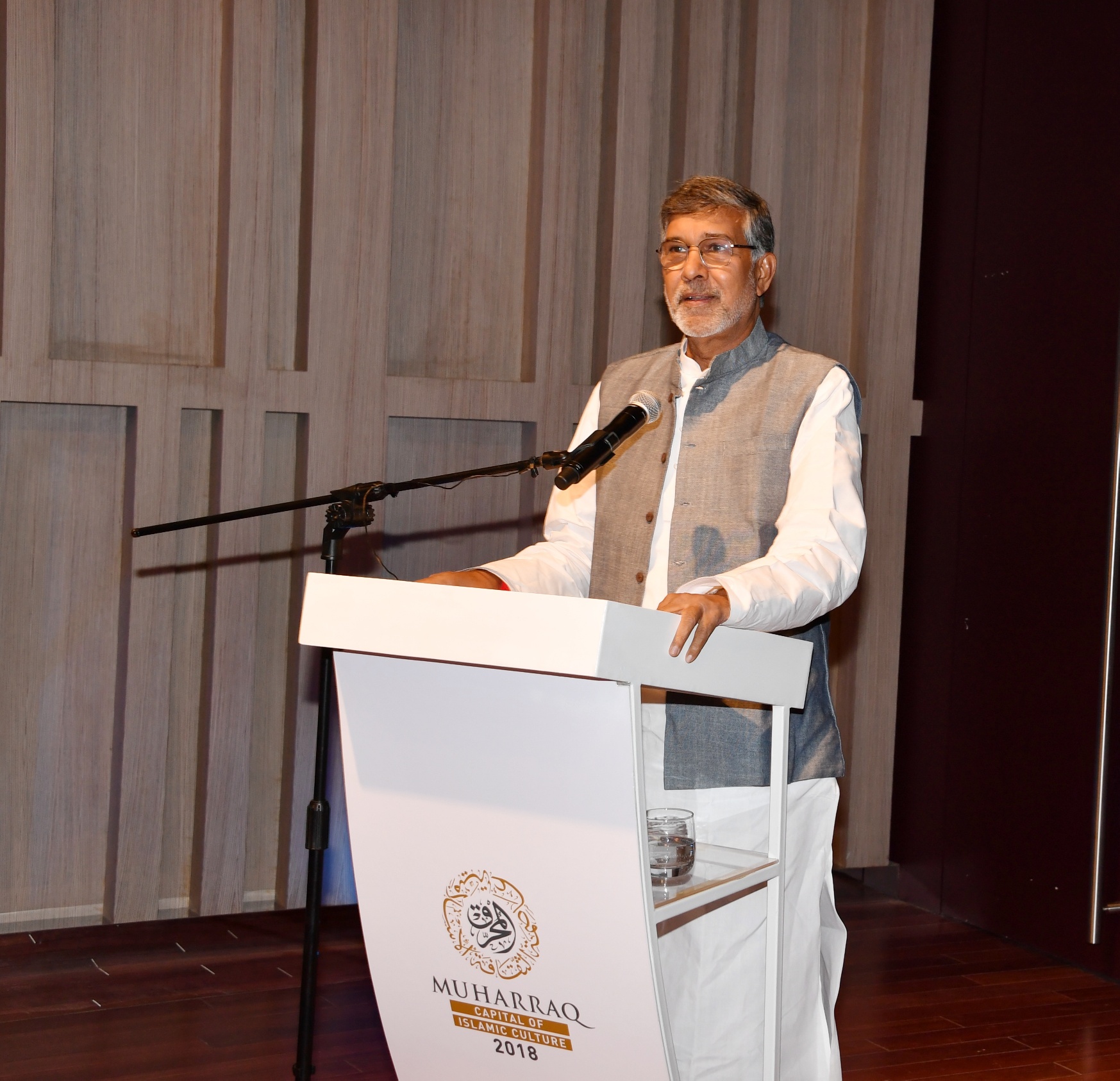
The ‘Guru’ was not a dictator. There was a difference between ‘Guru’ and teacher. Teacher imparts the knowledge, but Guru lives through the values taught through the education. They become part of your character. ‘Guru’ becomes a person with gravity and others can learn through his/her life.
As time passed, the preference for education lessened and replaced by preference for money. Caste systems grew stronger based on financial power. I don’t deny that money and per capita are important. But in today’s world, can we freely laugh? Can we freely cry? No, since with the advanced education and developments, our life becomes more and more artificial.
I do believe that the idea of “Gurukula Shikha” thus has relevance even during this time.
There should be “Education for All” children. Only 4 and half days of military expenditure (22bn $) are enough to ensure the education for each and every child. If we, as an advanced community do not impart quality values and prepare the children to support the society, the existence of humanity is difficult.
It has been almost four decades since the Bachpan Bachao Andolan has started. How do you see the change in the society towards children’s rights and protection? Is there still a long way to go?
Well, four decades is not a big turner in human history. The issues of child slavery, child labour, child exploitation and prostitution existed since the first century for ages.
But in these four decades, there have been remarkable changes not only in the advancements in science and technology but also for the cause of children.
In 1989, it was for the first time that the General Assembly of United Nations adopted the UN Convention of the rights of children to acknowledge and rectify children’s rights, globally.
When I started in 1981, these issues were unknown, no one even recognised the evil of the poor children working or not going to school. But today, no one can ignore child labour, child trafficking, and child sexual abuse. No government can set aside these issues.
Since the international conventions and treaties are amended, the media is giving more awareness in society on the issues of the most vulnerable and marginalised part of society that has been acknowledged by governments and corporates. Therefore, in a small time period the tide has turned in favour of the neglected children.
Now the governments are enabling the education and protection of children with legal frameworks. Corporate social responsibility ensures that child labour is not used. Hundreds and thousands of civil societies have been born.
When I started, there was charity for children, but not a single NGO for children. In the last decades, there has been a paradigm shift from charity towards the rights of children
The invisible children are becoming visible. Be the children are deprived or backward in terms of economic and social standards, the children are there.
The number of child labourers has reduced from 260 million to 162 Million and the number of school dropout children has reduced from 130 Million to 60 Million or less than half.
I won’t say that I made remarkable changes, but humanity as a whole brought on these changes.
There is still a long way to go, but the final goal is still achievable, since we have achieved this much within four decades.

My work and challenges are synonymous. I have lost two of my colleagues during my mission. My left leg, right shoulder and back bone are broken. All my body have injuries and scars.
Those people who buy, sell and treat children as less than animals are dangerous people and hard-core criminals. They have good connections with authorities and use their black money for power.
However, fear shouldn’t stop you from your actions to save the children from their plights. You should make sure that all children have a place in the society.
I have a helper who cooks for my family. She is a former trafficking survivor. She is no way inferior to us in any manner, she just didn’t have the opportunity for education as I had. Her children call us Dada and Dadi (Grandpa and Grandma).
(Sathyarthi’s face lights up with fondness and care for the children as he explains how the children prefer to sleep with them as grandparents and how they wait for their return at home)
“I am doing my bit”, the story of the hummingbird! In today’s world, more and more people are willing to do their bit. What’s your message to motivate them to come out of their comfort zone and serve the society?
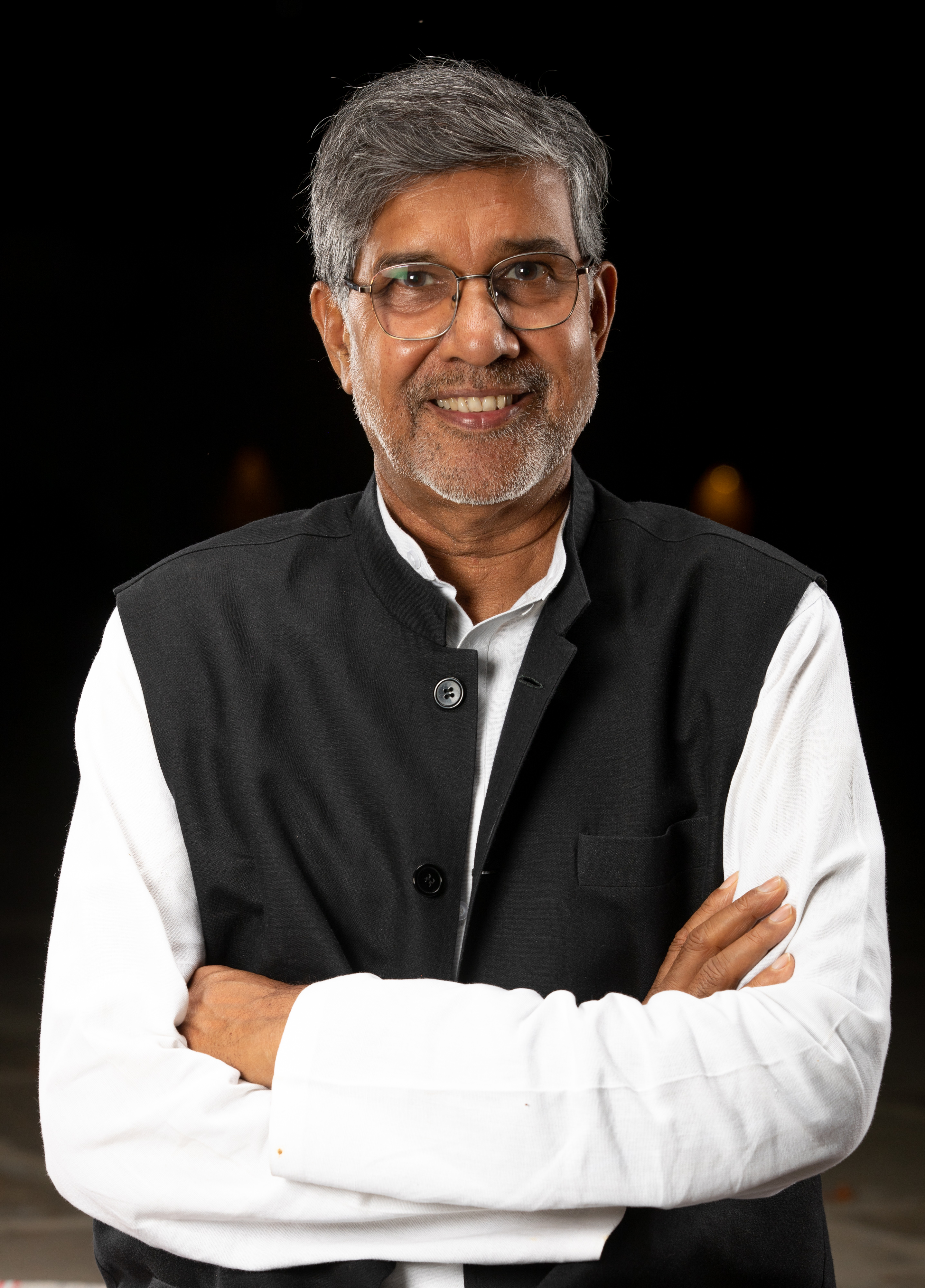
The reality of global terrorism and violent extremism showed its true colours and globally conveyed the message of co-existence.
It was a wakeup call that no one can sit in a safe haven.
Climate change and global warming are other indicators that no one can sit in a safe zone for long. Look at the recent natural disaster of Kerala, in India.
It’s unfortunate that everyday society is becoming more and more unequal. It’s a kind of economical violence. We cannot survive as humanity until or unless we care for each other’s problems.
If we cannot address the issues of children and protect the next generation, we cannot protect the generations to come. We will be leaving a huge burden to the next generation.
We concluded the interview with a strong belief that as long as there are great leaders like Kailash Satyarthi, the world is not in danger.
The values that he teaches with his life emit a blissful radiance that will definitely embrace the ones around him to act for humanity.

